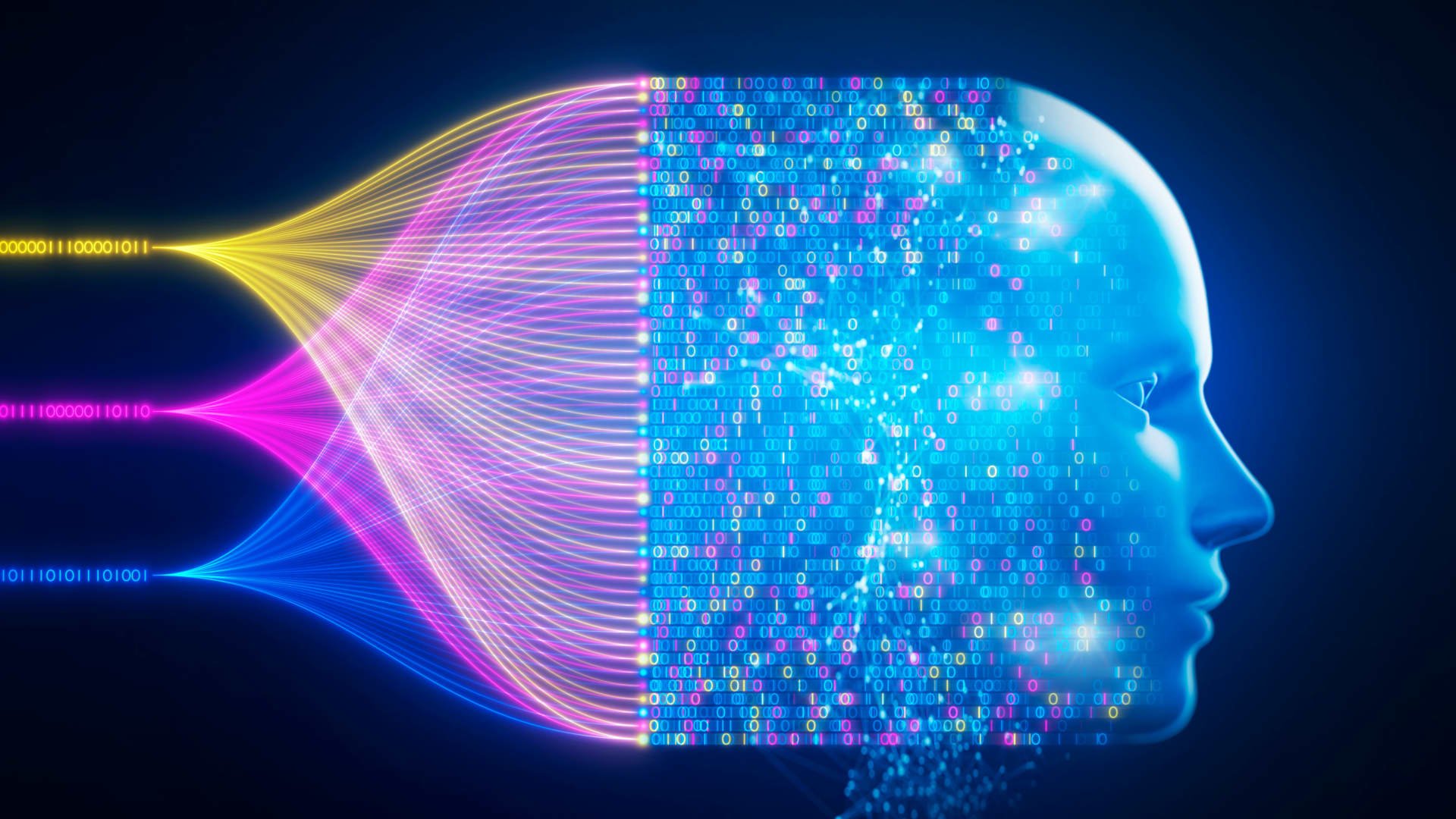AI Undress App: The Controversial Tech That's Changing Privacy Standards
AI undress app is taking the world by storm, but not in a good way. If you haven’t heard about it yet, this technology is designed to digitally remove clothing from photos using artificial intelligence. It’s raising serious concerns about privacy, consent, and ethics. But what exactly is this app, and why is it so controversial? Let’s dive in and unpack the details.
Now, I know what you're thinking—how did we get here? In an age where technology is advancing faster than we can keep up, some innovations seem to cross the line. AI undress app is one of those innovations. It’s not just about cool tech anymore; it’s about the implications that come with it. We’re talking about a tool that could be misused in ways that harm individuals, especially women.
Let’s be real, folks. This isn’t just another app. It’s a game-changer—or maybe more accurately, a game-breaker. Whether you’re tech-savvy or just someone who cares about personal privacy, this is something worth paying attention to. So buckle up because we’re about to explore everything you need to know about AI undress app, from its origins to its potential dangers.
- Ali Andreeas Net Worth How She Made Millions Updated
- Rick Lagina Oak Island Treasure Hunter Wife Age Amp More
What Exactly is AI Undress App?
Alright, let’s start with the basics. An AI undress app uses advanced machine learning algorithms to analyze images and digitally remove clothing from them. The technology relies on neural networks trained on vast datasets of human bodies to create realistic, synthetic images that mimic nudity. Sounds futuristic, right? Well, it’s also a little scary.
These apps aren’t new; they’ve been around for a few years now. However, their capabilities have improved significantly, making them more accessible and easier to use. Some versions even allow users to edit or enhance the results, which adds another layer of complexity to the issue.
Here’s the kicker: these apps are often marketed as harmless fun or tools for artists. But when you think about the potential misuse, it’s hard not to feel uneasy. Let’s break down why this tech is such a big deal:
- Undress Ai Is Clothoffaiio The Best Ai Undressing Tool Review
- Desi Xxx Guide Indian Sex Sites Videos Updated
- It violates people’s privacy without their consent.
- It can be used to create non-consensual pornographic content.
- It perpetuates harmful stereotypes and objectifies individuals.
How Does AI Undress App Work?
Let me explain how this works in simple terms. AI undress apps use deep learning models to study thousands—or even millions—of images of human bodies. These models learn patterns and structures to generate realistic-looking nude images from clothed ones. The process involves several steps:
- Image input: You upload a photo of someone wearing clothes.
- Analysis: The AI scans the image to identify body features and clothing.
- Generation: The AI creates a new image by replacing the clothing with simulated skin.
- Output: You get a digitally altered version of the original photo.
Keep in mind that the accuracy of these apps varies depending on the quality of the input image and the sophistication of the algorithm. Some versions are better than others, but all of them raise ethical red flags.
Why is AI Undress App Controversial?
This is the million-dollar question. Why is everyone so worked up about AI undress apps? To put it simply, it’s because they undermine basic human rights. Here’s a quick rundown of the main issues:
- Privacy Invasion: People don’t give permission for their photos to be altered in this way. Even if the image is public, using it for such purposes without consent is unethical.
- Non-Consensual Pornography: These apps can be used to create deepfake pornography, which is illegal in many countries. Victims often suffer from emotional distress, reputational damage, and even physical threats.
- Objectification: The technology reinforces harmful narratives about women’s bodies and promotes a culture of exploitation.
Think about it this way: would you want someone to use your photo without your knowledge to create something that makes you uncomfortable? Probably not. And yet, that’s exactly what’s happening with AI undress apps.
Legal Implications of AI Undress App
Now let’s talk legalities. In many jurisdictions, using AI undress apps to create non-consensual content is considered a crime. Laws around deepfakes and revenge porn are evolving to address these emerging threats. For example:
- In the U.S., several states have enacted legislation targeting deepfake pornography.
- In Canada, distributing intimate images without consent is illegal and punishable by law.
- In Europe, GDPR regulations protect individuals’ right to control their personal data, including images.
However, enforcement remains a challenge. Many of these apps operate outside the reach of traditional legal systems, making it difficult to hold perpetrators accountable. That’s why education and awareness are crucial in combating this issue.
Who is Behind AI Undress App?
Here’s where things get interesting. The development of AI undress apps is often shrouded in mystery. Some are created by independent developers, while others come from larger tech companies. What’s alarming is that these tools are sometimes released without proper safeguards or consideration for ethical implications.
One infamous example is DeepNude, an AI undress app that gained widespread attention in 2019. The app’s creators initially marketed it as a harmless tool for generating realistic nudes. However, public backlash forced them to shut it down before it was widely distributed. This incident highlights the dangers of releasing powerful technology without adequate oversight.
Biases in AI Undress App Development
Let’s not forget about biases. Like any AI system, undress apps can reflect the prejudices of their creators. Studies have shown that these algorithms often perform worse on people of color, leading to distorted or inaccurate results. This disparity further marginalizes already vulnerable groups and exacerbates existing inequalities.
Moreover, the datasets used to train these models may not represent diverse populations, resulting in biased outputs. Addressing these issues requires a concerted effort from developers, researchers, and policymakers to ensure that AI technologies are fair and inclusive.
Impact on Society
The impact of AI undress apps extends beyond individual harm. They contribute to a broader cultural shift where privacy is increasingly commodified and consent is disregarded. This normalization of invasive technology poses a threat to societal values and human dignity.
Consider the ripple effects:
- Increased fear and mistrust among users sharing photos online.
- Rise in cyberbullying and harassment fueled by misuse of these apps.
- Erosion of trust in digital platforms and technologies.
It’s clear that AI undress apps are more than just a novelty—they’re a symptom of a larger problem. As a society, we need to decide whether we’re willing to accept these trade-offs or demand better from our technology.
Steps to Protect Yourself
So, what can you do to protect yourself in this brave new world? Here are a few tips:
- Be cautious about sharing personal photos online, especially on social media.
- Use privacy settings to control who can access your images.
- Stay informed about the latest developments in AI and privacy laws.
- Report any misuse of your images to authorities or platforms where they appear.
Knowledge is power, folks. The more you understand about these technologies, the better equipped you’ll be to safeguard your digital presence.
Alternatives and Ethical AI Solutions
Not all AI is bad news. There are plenty of ethical applications of artificial intelligence that enhance our lives without compromising our values. For instance:
- Medical imaging analysis to improve diagnostics.
- Virtual try-on tools for fashion and beauty industries.
- Accessibility features for people with disabilities.
These examples demonstrate that AI can be a force for good when developed responsibly. The key is to prioritize ethics and accountability throughout the design and deployment process.
What Can Developers Do?
Developers have a critical role to play in shaping the future of AI. They can:
- Incorporate ethical guidelines into their workflows.
- Engage with stakeholders to understand potential impacts.
- Implement robust safety measures to prevent misuse.
Ultimately, it’s up to the tech community to ensure that innovation aligns with societal values. By fostering collaboration and transparency, we can build a better digital future for everyone.
Conclusion: Where Do We Go From Here?
Let’s recap what we’ve learned. AI undress apps are a controversial technology with significant implications for privacy, consent, and ethics. While they may seem like a harmless novelty, their potential for harm cannot be ignored. As users, developers, and policymakers, we must work together to address these challenges and promote responsible AI development.
So, what’s next? Here’s what you can do:
- Spread awareness about the dangers of AI undress apps.
- Advocate for stronger regulations and protections.
- Support initiatives that promote ethical AI practices.
Remember, technology is a tool, and like any tool, it can be used for good or bad. It’s up to us to decide which path we want to take. Share your thoughts in the comments below, and don’t forget to check out our other articles on cutting-edge tech trends. Together, we can shape a safer, more equitable digital landscape.
Table of Contents
- What Exactly is AI Undress App?
- How Does AI Undress App Work?
- Why is AI Undress App Controversial?
- Legal Implications of AI Undress App
- Who is Behind AI Undress App?
- Biases in AI Undress App Development
- Impact on Society
- Steps to Protect Yourself
- Alternatives and Ethical AI Solutions
- What Can Developers Do?
- Prmovies Streaming Guide Watch Free Movies More Year
- Filmyfly 2025 Watch South Hindi Bollywood Movies Online

Free Undress Tool Exploring The Controversy, Technology, And Ethical

Wall Street may be overlooking this key AI investing area

1073065941695734246112gettyimages1458045238aifacesidespeaking.jpeg